Think you’re a food safety expert? From turkey trivia to baking tips, test your holiday season food safety knowledge so that your gathering can be remembered for all the right reasons.
Don’t forget to check out our SALE on all food safety courses.
Begin Quiz
Results
Great job! You passed the quiz.
Sorry – you did not pass. You may need more training.
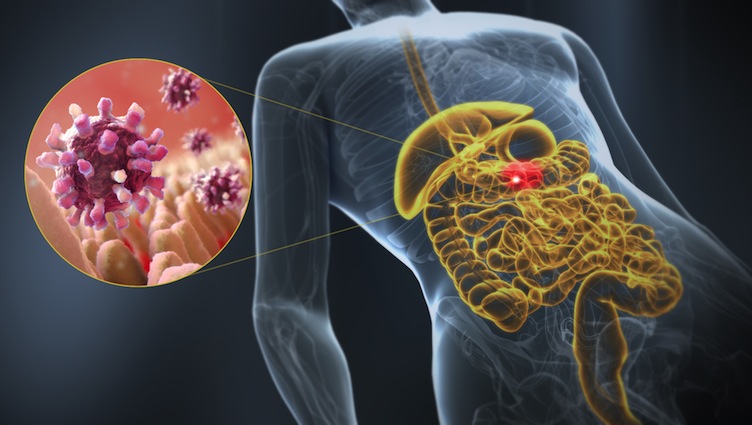


#1 The CDC estimates that roughly 48 million people get sick each year from a foodborne illness.
The CDC estimates that each year roughly 48 million people get sick from a foodborne illness, 128,000 are hospitalized, and 3,000 die.
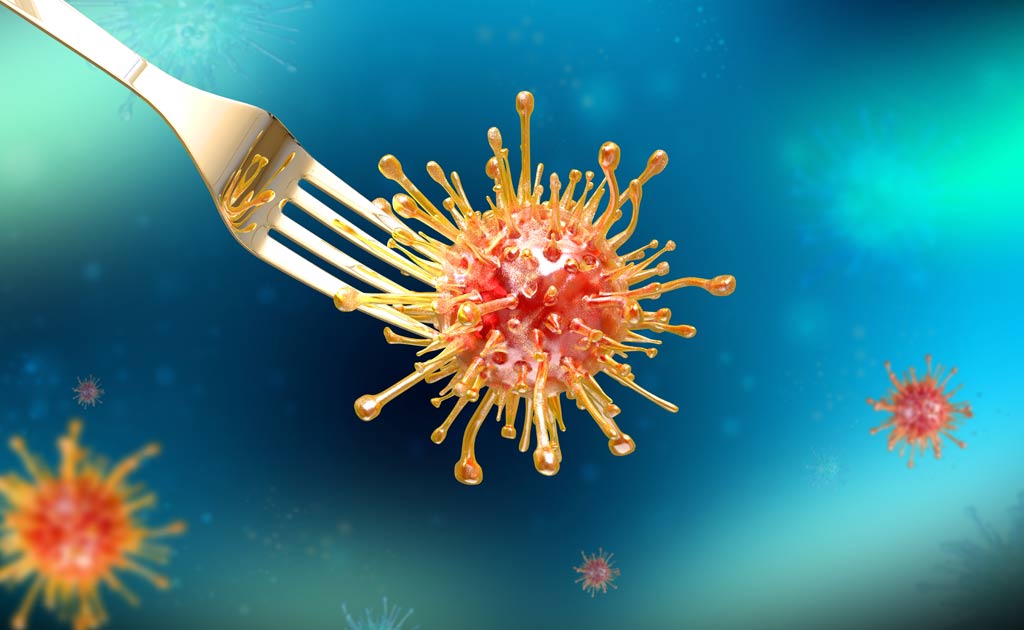


#2 What are the three types of food contamination?
The three types of food contamination are biological, chemical, and physical.
Biological hazards include bacteria, viruses, and parasites. Chemical hazards include natural toxins and chemical contaminants. Some natural toxins are associated with the food itself (i.e., certain mushrooms and shellfish). Food allergens are also considered a chemical hazard. Physical hazards can include metal shavings from cans and plastic pieces or broken glass.
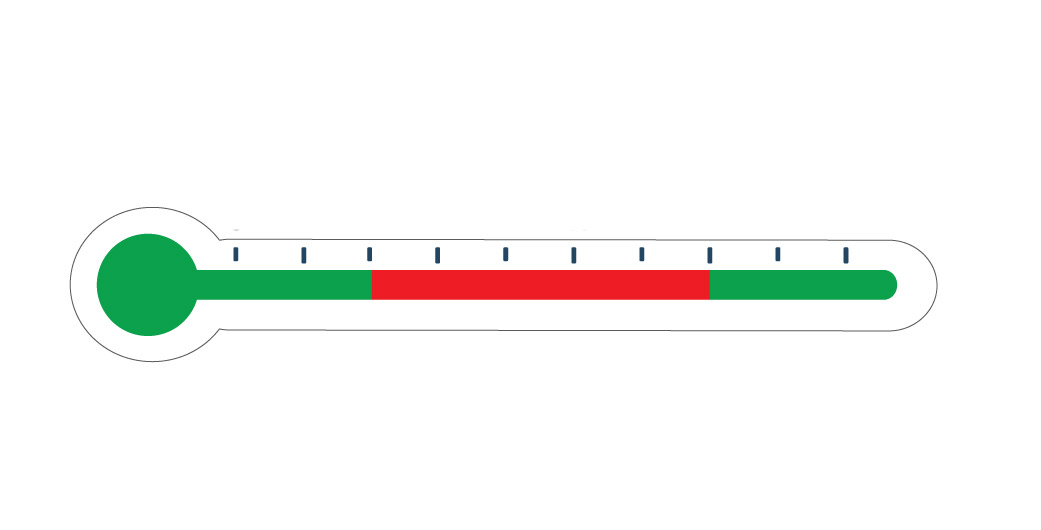


#3 What is the bacteria growth “Danger Zone” range of temperature?
Bacteria grows most rapidly in the range of temperatures between 40°F and 140°F, doubling in number in as little as 20 minutes.



#4 Which of the following groups has the LOWEST RISK for foodborne illness:
Although foodborne illness can affect anyone, young adults are the least susceptible. Other groups have a greater risk, such as: infants, the elderly, cancer patients, diabetes patients, pregnant women, and other people with weakened immune systems, such as those with HIV/AIDS, diabetes, or an organ transplant.



#5 Which of the following pathogens is responsible for causing the greatest number of foodborne illnesses?
According to the CDC, noroviruses are the leading cause of foodborne illness. Norovirus illness spreads easily and is often called stomach flu or viral gastroenteritis.



#6 Food should be left at room temperature for no more than:
It is essential to limit the amount of time that foods are kept in the temperature danger zone (40°F – 140°F). A single bacterium can multiply to trillions in just twenty-four hours. The USDA recommends not to leave food within the temperature danger zone for over 2 hours – or bacteria can grow to harmful levels. If the temperature is above 90°F, food should not be left out more than 1 hour.



#7 Before or after handling food, hands should be washed with water and soap for at least:
According to FDA, you should use plain soap and water, rub your hands together to make a lather, and scrub them well for at least 20 seconds.
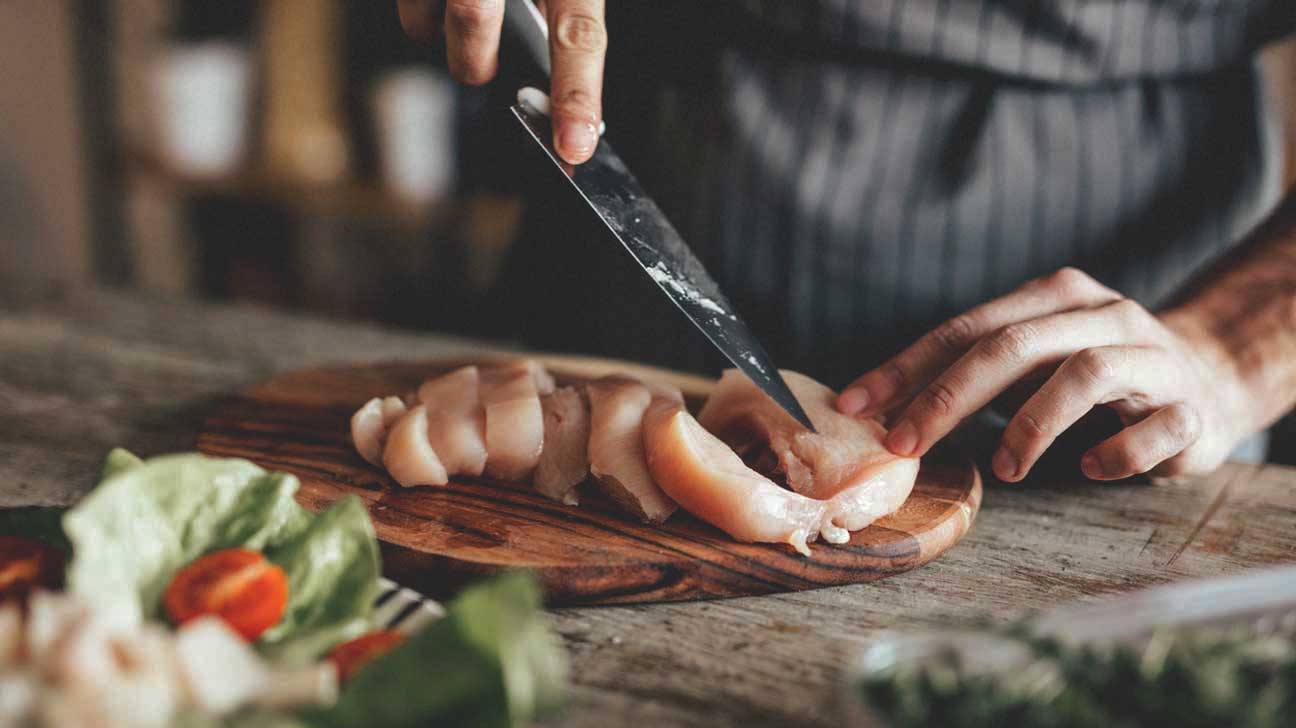


#8 What is NOT a useful method to prevent cross-contamination?
Using any container will not matter if food is contaminated beforehand. Cross-contamination is the transfer of harmful substances or disease-causing microorganisms to food by hands, food-contact surfaces, sponges, cloth towels, and utensils that touch raw food, are not cleaned, and then touch ready-to-eat foods. Cross-contamination can also occur when raw food touches or drips onto cooked or ready-to-eat foods.



#9 Which of the procedures is the best method to ensure a safe environment for food preparation?
According to the USDA, the basic way to ensure a safe environment for food preparation is through the procedures: clean, separate, cook, and chill. By following these four basic steps, you can significantly reduce the chance for a foodborne illness.
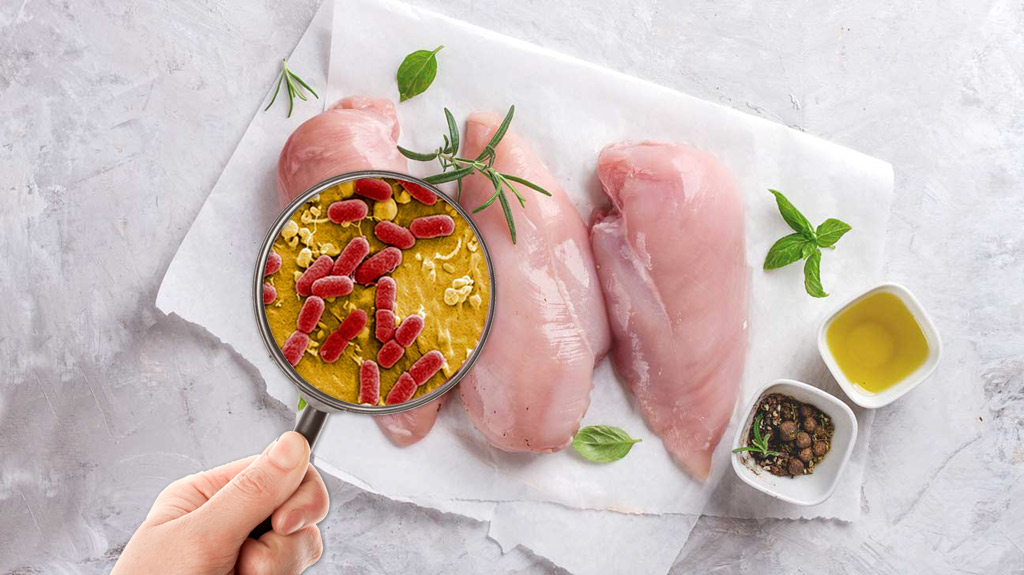


#10 Which pathogen in raw poultry poses the greatest risk to foodborne illness?
Salmonella is the greatest risk found in raw poultry (domestic fowl, such as chickens, turkeys, ducks, and geese). Salmonella is a bacteria associated with poultry and egg products causing nausea, diarrhea, abdominal pain, fever, headache, chills, and prostration.



#11 The only way to ensure food is cooked properly to kill harmful bacteria is to:
The only way to definitely know if food has been cooked to a safe internal temperature is to measure with a food thermometer.



#12 What is NOT the best method to thaw a frozen turkey?
The USDA recommends three ways to safely thaw frozen turkey. 1: Thaw in the Refrigerator – Allow approximately 24 hours for every 5 pounds of turkey. 2: Thaw in Cold Water – Allow approximately 30 minutes for every pound of turkey. 3: Thaw in a Microwave Oven – Times and power settings will be vary from model to model.



#13 How long can you keep a thawed or fresh turkey in the refrigerator?
Once a frozen turkey is thawed, the FDA recommends it be cooked within 2 days. If getting a fresh, unfrozen turkey, plan on picking up from the store only one or two days before cooking it.



#14 Is it safe to cook the stuffing inside a turkey?
The USDA recommends that the entire turkey is cooked to 165°F – including the stuffing. If the stuffing doesn’t reach 165°F, the bacteria won’t be killed off and could cause foodborne illness. Cooking stuffing inside the turkey to 165°F often means overcooking the bird – so it’s best to cook the stuffing separate.
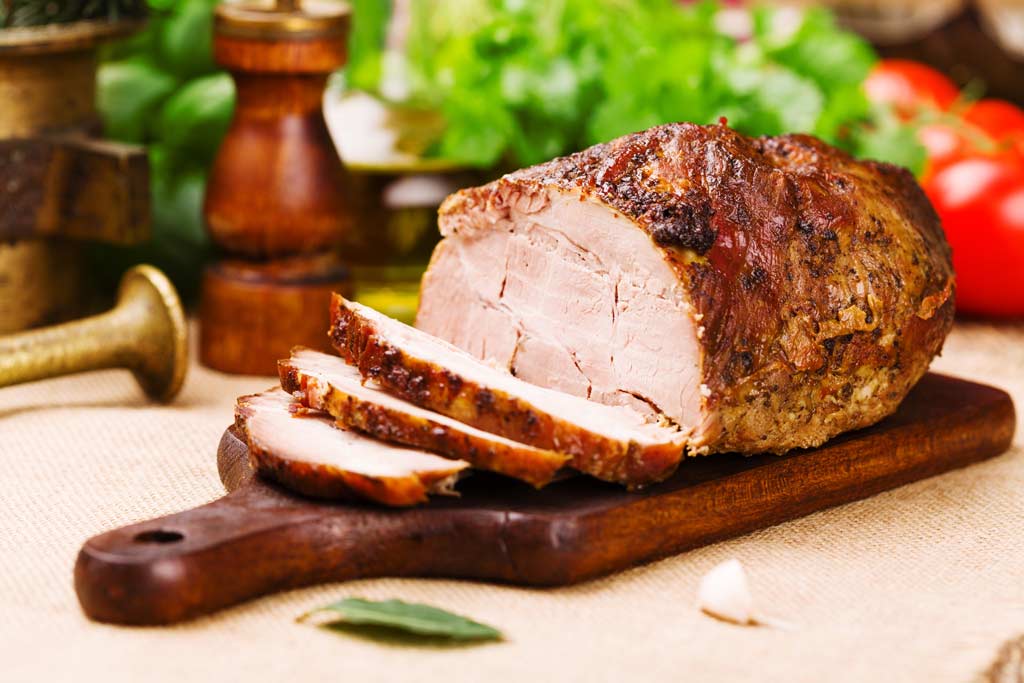


#15 What is the safe cooking temperature for pork roasts?
The USDA recommends cooking all raw pork steaks, chops, and roasts to a minimum internal temperature of 145°F and ground pork patties and mixtures (such as meat loaf) to 160°F – as measured with a food thermometer.
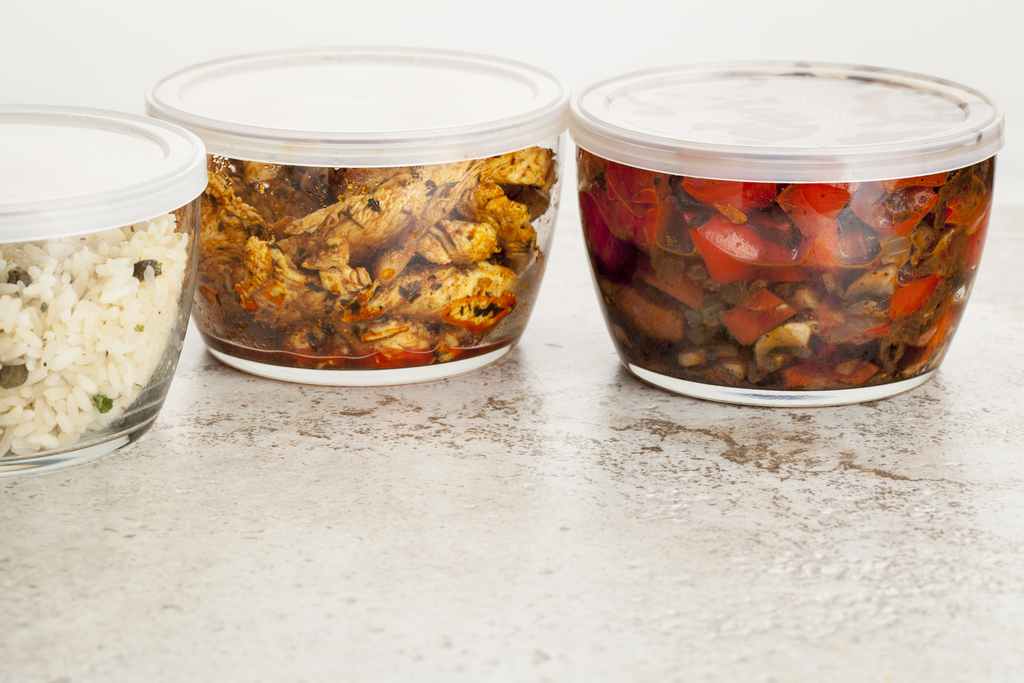


#16 How long can you safely keep leftovers in the refrigerator?
The USDA recommend that leftovers be only be kept for 3-4 days in the refrigerator. After that time, bacteria growth can cause food illness.
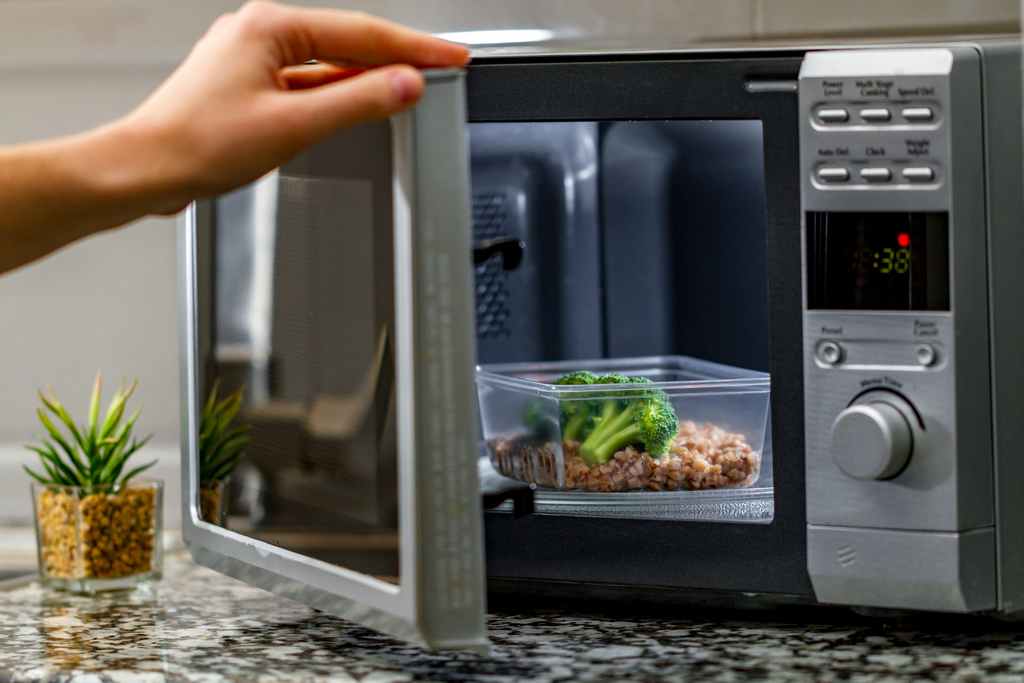


#17 What is the correct temperature for re-heating leftovers?
According to the USDA, leftovers need to be re-heated to an internal temperature of at least 165°F – as measured with a food thermometer – for 15 seconds or more – in order to kill any bacteria.



#18 What dangerous bacteria infection(s) can raw (uncooked) flour pose?
Flour is not intended to be consumed raw. Flour is a minimally processed agricultural ingredient and is not a ready-to-eat product. Food illness outbreaks associated with flour involved the pathogens Salmonella and Escherichia coli (E. coli).



#19 Is raw (unpasteurized) milk dangerous to your health?
Raw milk is unpasteurized milk from any animal. Raw milk can carry harmful germs that can make you very sick or kill you, including Campylobacter, Cryptosporidium, E. coli, Listeria, and Salmonella. Getting sick from raw milk can mean many days of diarrhea, stomach cramping, and vomiting. Choose pasteurized milk and milk products.
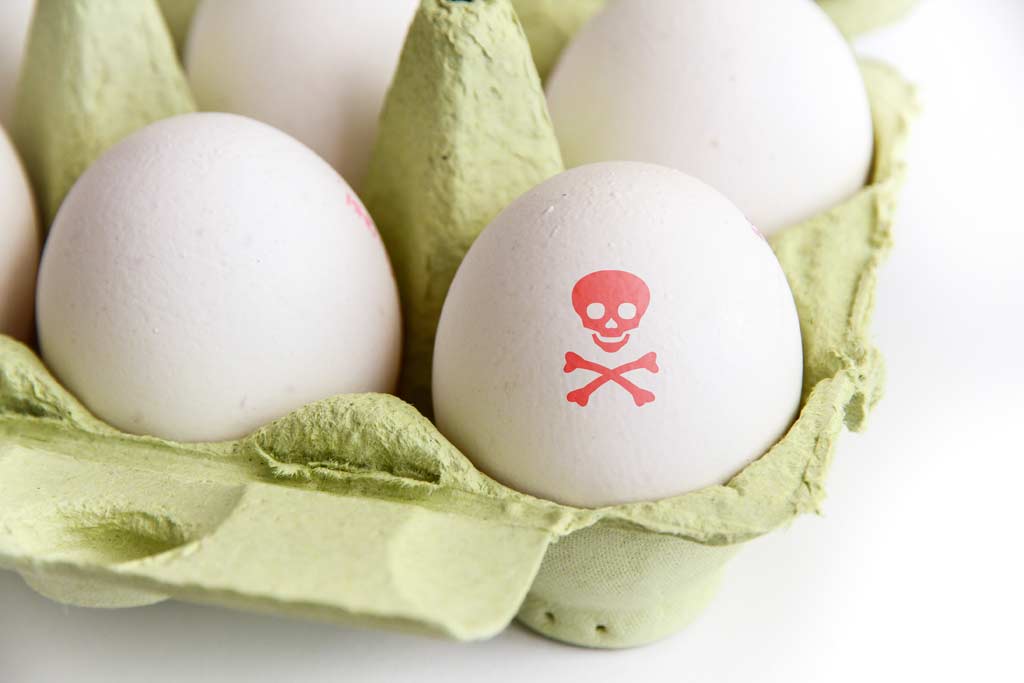


#20 Which pathogen is most likely to contaminate eggs?
Poultry can carry bacteria such as Salmonella that can contaminate the inside of eggs before the shells are formed. Eggs can also become contaminated from the droppings of poultry through the laying process or from the environment (e.g., contaminated poultry feed or bedding).



#21 Is it safe to eat raw cookie dough?
The FDA suggests to not eat any raw cookie dough, cake mix, or batter due to a risk of E. coli from untreated flour or salmonella from raw eggs.



#22 What is the safe temperature for cooking pumpkin pies?
Pumpkin pie is made with eggs and milk – so it must be safely baked to a safe minimum internal temperature of 160°F. Other pies made with milk and eggs, such as custard pie or cheese cake, should be treated similarly.



#23 Which toxin-producing bacteria can multiply when leaving cooked rice or pasta sitting at room temperature for too long?
Once rice or pasta is cooked and begins to cool at room temperature, toxins can multiply quickly form a bacteria called Bacillus cereus. The bacteria release two types of toxins that each cause a different illness — one causes diarrhea while the other toxin elicits vomiting. Death has occurred in some very rare cases.
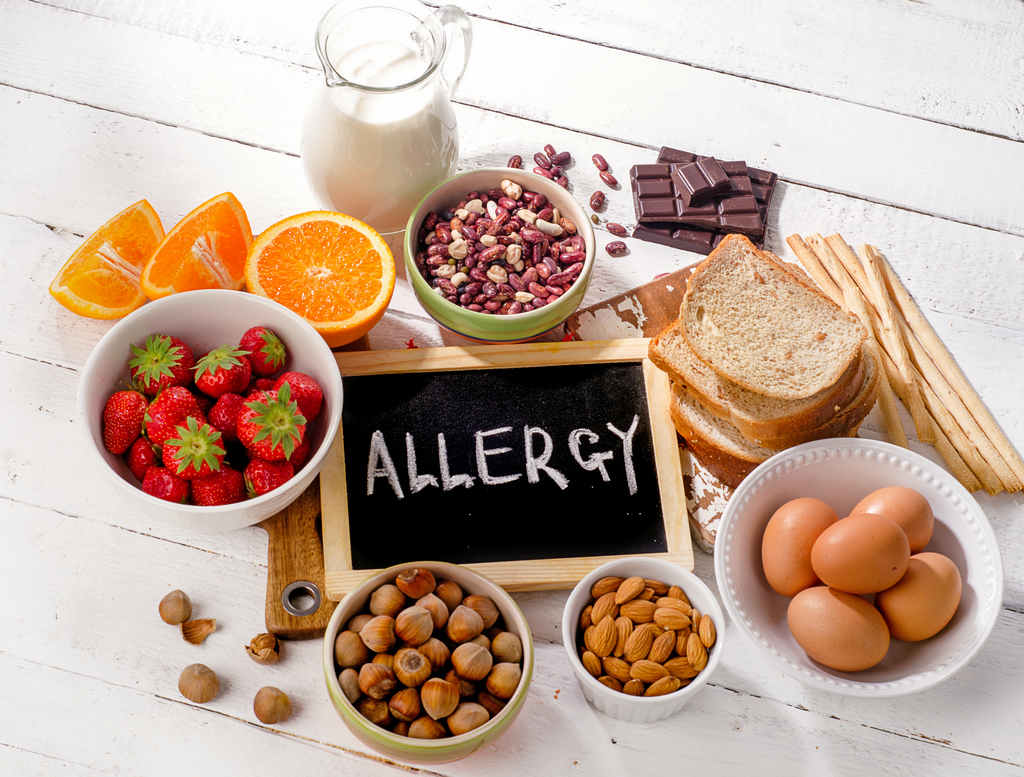


#24 Which food is NOT a major food allergen?
About 90% of all food allergy reactions occur in only 8 foods or food groups. The 8 major food allergens include: milk, eggs, fish, crustacean shellfish (lobster, crab, shrimp), wheat, soy, peanuts, and tree nuts – according to the U.S. Food Allergen Labeling and Consumer Protection Act (FALCPA).








